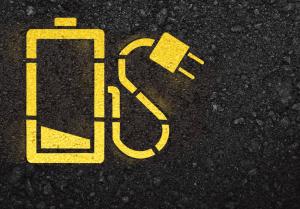Mindy Blank is a consultant with the Sustainable Energy Policy Division at the International Energy Agency. Kevin B. Jones, Ph.D, is Deputy Director of the Institute for Energy and the Environment at Vermont Law School, where he leads the Smart Grid Project.
Electrifying a significant portion of the United States light-duty vehicle fleet would mark an important step in meeting the climate change challenge. While upgrades to the electric grid may have to be made on a local basis, much of the required national infrastructure already exists to electrify almost three-quarters of the whole American light-duty vehicle fleet. The United States electric grid represents an essential element of our national infrastructure, with significant capacity that remains underutilized. Taking advantage of this available capacity could deliver the necessary energy to fuel the majority of the U.S. light-duty vehicle fleet (cars, vans, SUVs ad light trucks) based on current vehicle technology and electricity system infrastructure.2 Doing so would reduce greenhouse gas emissions, improve the economics of the electricity industry, and reduce the U.S. dependence on foreign oil.

Smart grid technologies can play a key role in reaching these objectives. Progressive rate designs based on time of use will prove essential as well in managing the extra demand that electric vehicle charging will place on the electric system.

